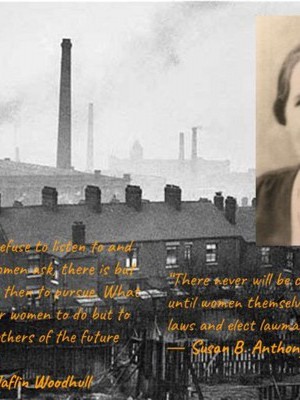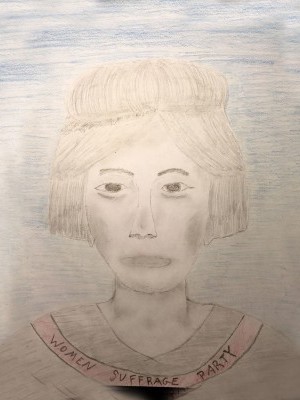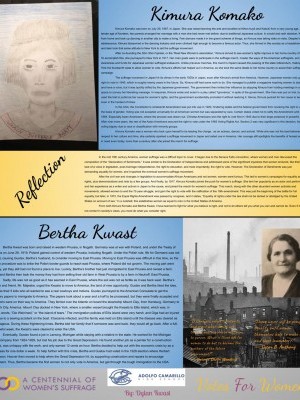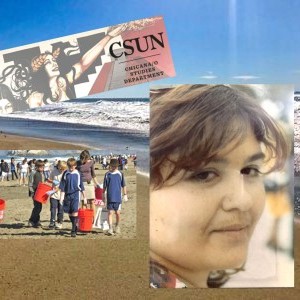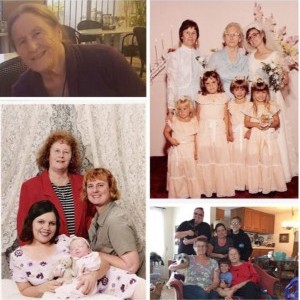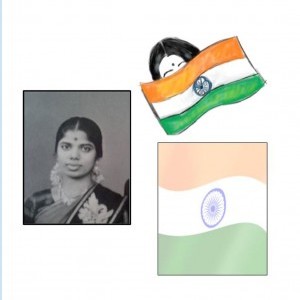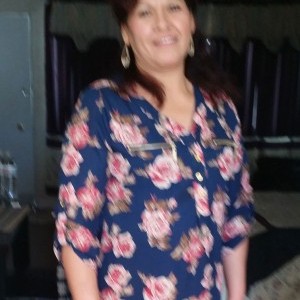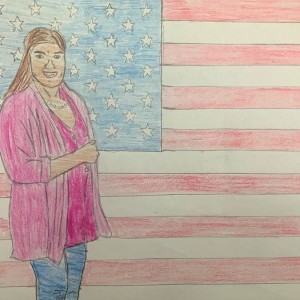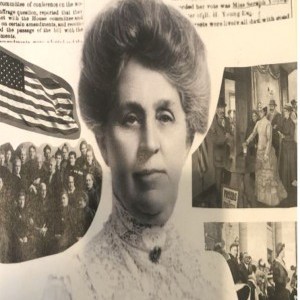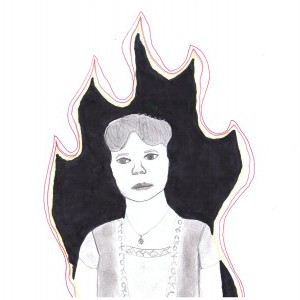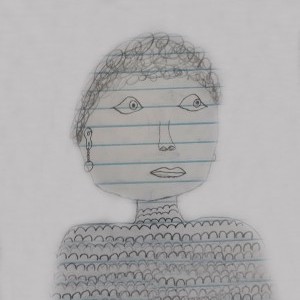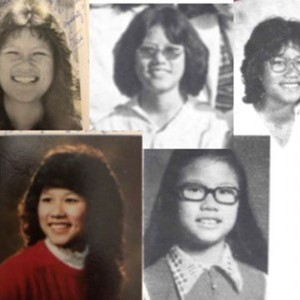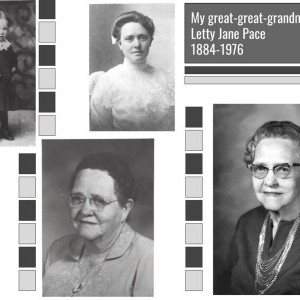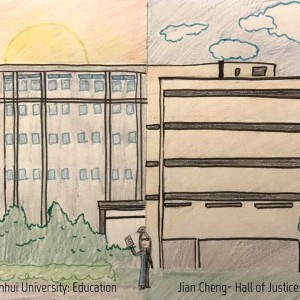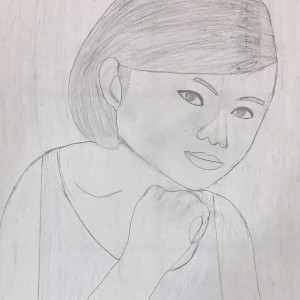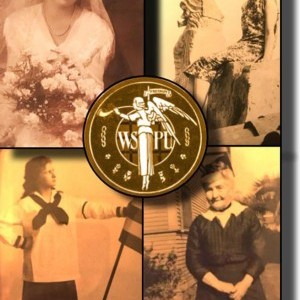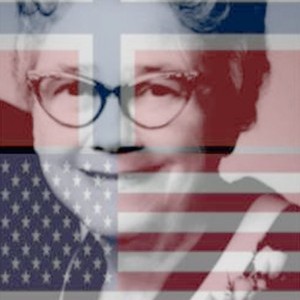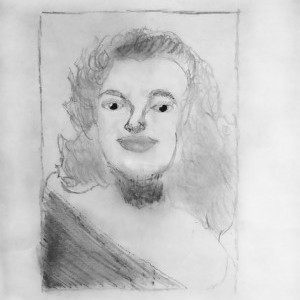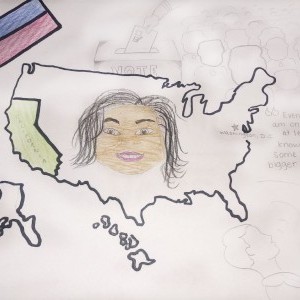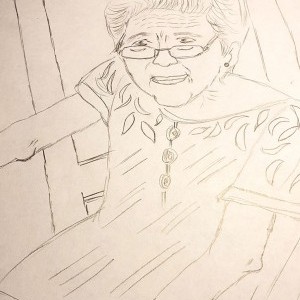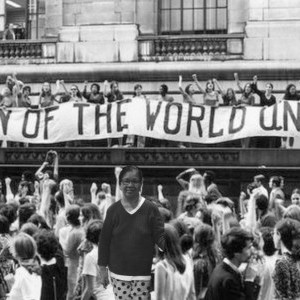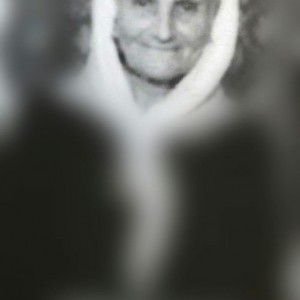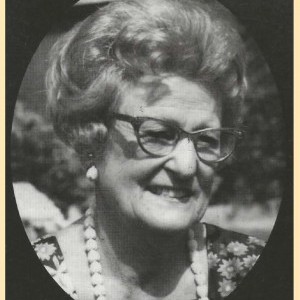Dylan Kwast
Adolfo Camarillo High School | Camarillo, CA | 10th
Inspirational Family Member
Bertha Kwast
Bertha Kwast was born and raised in western Prussia, in Nogath. Germany was at war with Poland and under the Treaty of Versailles on June 28, 1919, Poland gained control of western Prussia, including Nogath. Under the Polish rule, life for Germans was not pleasant, causing Gustav, Bertha’s husband, to consider moving to East Prussia. Moving to East Prussia was difficult at this time, so the common procedure was to bribe the Polish border guards to reach East Prussia, which Poland did not govern. The moving part went smoothly, yet they still had not found a place to live. Luckily, Bertha’s brother had just immigrated to East Prussia and owned a farm. Gustav and Bertha then took the money they had from selling their old farm in West Prussia to buy a farm in Neuhoff, East Prussia.
Sadly, life was not as good as it had seemed in East Prussia. The soil was not as fertile as it had been back west. Bertha’s neighbor and friend, Mr. Majeske, urged the Kwasts to move to America, the land of new opportunity. Gustav and Bertha liked the idea, as well as their five kids who all wanted to see real cowboys and Indians. Gustav journeyed to the American Consulate to get the necessary papers to immigrate to America. The papers took about a year and a half to be processed, but they were finally accepted and the Kwasts were on their way to America. They ferried over the Atlantic on board the steamship Mount Clay, from Hamburg, Germany to New York City. Mount Clay docked in New York, where a smaller vessel brought the Kwasts to Ellis Island, which was, in Bertha’s words, “Die Weininsel,” or “the Island of Tears.”
The immigration policies of Ellis island were very harsh, and Olga had an injured finger due to a sewing accident on the boat. It became infected, and the family was held on Ellis Island until the disease was cleared as not contagious. During these frightening times, Bertha told her family that if someone was sent back, they would all go back. After a full, suspenseful week, the Kwasts were cleared to enter the USA.
Eventually, Gustav found a job in Lansing, Michigan while staying with a relative in the state. He worked for the Michigan Screw Company from 1924-1929 but lost his job due to the Great Depression. He found another job as a painter for a construction business, was unhappy with the work, and only earned twelve cents an hour. Bertha decided to help out with the economic crisis as a seamstress for one dollar a week. To help further with this crisis, Bertha and Gustav had voted in the 1928 election which was won by Herbert Hoover. Hoover then moved to help when the Great Depression hit, by supporting construction and repairs to encourage employment. Thus, Bertha became the first woman to not only vote in America but to get through the tough immigration to the USA.
Historical Figure I Admire
Kimura Komako
Kimura Komako was born on July 29, 1887, in Japan. She was raised learning the arts and excelled at Nihon buyō and Kabuki from a very young age. At the tender age of fourteen, her parents arranged her marriage with a man she had never met before, due to traditional Japanese culture. In a bold and rash decision, Kimura ran from home and took up dancing in another city to make a living. Few dancers made it in the grand scheme of things, so Kimura was taking risks upon risks. Despite her adolescence, Kimura blossomed in the dancing industry and even climbed high enough to become a famous actor. Thus, she thrived in this society as a headstrong woman and later took that same attitude to New York to aid the suffrage movement.
After co-founding the Shin Shin Fujinkai, or the Real New Women’s Association, Kimura strived to see women's rights improve in her home country of Japan. To accomplish this, she journeyed to New York in 1917. Her main goals were to participate in the suffrage march, master the ways of the American suffragists, and raise awareness and funds for Japanese women’s suffragist endeavors. Unlike previous marches, the impact of this march caused the passing of the state referendum, making New York the fourteenth state to allow women to vote. Kimura’s efforts had helped out in America, so she took the same ideals to her home country to assist their suffrage campaign.
The suffrage movement in Japan hit its climax in the early 1920s in Japan, soon after Kimura’s arrival from America. However, Japanese women only gained the right to vote in 1945, which was roughly twenty years later. So, Kimura still had some work to do. She managed to publish a magazine inspiring women to stand out and have a voice, but it was quickly stifled by the Japanese government. The government then limited her influence by stopping Kimura from holding meetings in a public space to convey her liberating message. In response, Kimura wrote and acted in a play called “Ignorance,” in spite of the government. She then was put on trial, but she used the trial to publicize her cause for women's rights, and the government accidentally promoted it without realizing it. Hence, Kimura pushed for her cause to be known, even in the hardest of times.
In the USA, the Constitution’s nineteenth Amendment was enacted in1920, hindering states and the federal government from revoking the right to vote on the basis of gender. Voting was not accepted universally for all American women but was separated by race. Certain states voted not to ratify the Amendment until as late as 1984. Especially in Asian Americans communities, the process was drawn out. Chinese Americans won the right to vote first in 1943 due to their large presence in powerful states. After nine more years, the rest of the Asian Americans secured the right to vote under the 1965 Voting Rights Act. Section 2 was very significant in this decision, for it bans voting bigotry due to race or classification with minority groups.
Kimura Komako was a woman who took upon herself to be leading the charge, as an actress, dancer, and activist. While she was not the best behaved with respect to her culture and time, she certainly sparked a suffrage movement in Japan and aided one in America. Her courage still spotlights the benefits of honest work and it is in need even today, more than a century after she joined the march for suffrage.
What the Project Means to Me
In mid-19th Century America, woman suffrage was a difficult topic to cover. It began due to the Seneca Falls convention, where women and men discussed the composition of The Declaration of Sentiments. It was similar to the Declaration of Independence and addressed some of the significant injustices that women endured, like their lack of a voice in legislation, post-marriage independence, the right to education, and most importantly, the right to vote. However, The Declaration of Sentiments was just demanding equality for women, and it sparked the eventual women’s suffrage movement.
After the Civil War and changes in legislation to accommodate African Americans and not women, women were furious. This led to women’s campaigns for equality and rights, plus demonstrations and riots by a few groups. And finally, by 1917, Kimura Komako joined the push for women's suffrage. She lent her popularity as an actor and performer, and her experience as a writer and activist in Japan to the cause, and joined the march for women's suffrage. This march, along with the other abundant women activists and movements, allowed women to end the 72-year struggle, and gain the right to vote with the ratification of the 19th-amendment in 1920.
From both Kimura Komako and Bertha Kwast, I have learned to fight for what you believe is right, and not to let others tell you what you can and cannot do. Even if it is not correct in society’s views, you must do what you consider right.
Explore the Archive
More From This Class
Click on the thumbnails below to view each student's work.Deadline Extended
There's still time to join Women Leading the Way.
Become a part of our storytelling archive. Enroll your class today.
Join the Project

